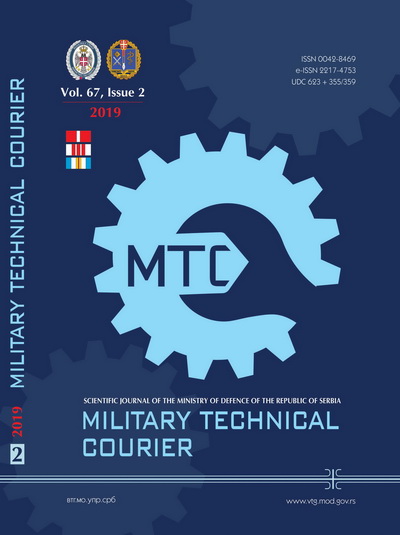Leaching of rare earth elements from bastnasite ore (second part)
Abstract
Dissolution of rare earth elements from bastnasite ore was studied using different leaching agents such as sulfuric acid, hydrochloric acid, acetic acid, citric acid and sodium hydroxide at 70°C, with 1mol/L, s/L ratio of 0.05 between 30 and 180 min. The one-step direct leaching strategy was applied under atmospheric pressure aiming at selective leaching of rare earth elements from a matrix of iron oxides in which the rare earth elements – carbonates & flourides – are embedded.
References
Castor, S.B.,& Hedrick, J.B. 2006. Rare Earth Elements. In: Kogel, J.E., Trivedi, N.C., Barker, J.M., & Krukowski, S.T. Industrial Minerals and Rocks: Commodities, Markets, and Uses, 7th edition. SME. P.1568.
Feng, X., Long, Z., Cui, D., Wang, L., Huang, X., & Zhang, G. 2013. Kinetics of rare earth leaching from roasted ore of bastnaesite with sulfuric acid. Transactions of Nonferrous Metals Society of China, 23(3), pp.849-854. Available at: https://doi.org/10.1016/s1003-6326(13)62538-8.
Gupta, C.K., & Krishnamurthy, N. 2005. Extractive Metallurgy of Rare Earths. Boca Raton, Fl: CRC Press. chapter 1.2; ISBN 0415333407 9780415333405.
Kuburović, N., Golubović, A., & Babinčev, Lj. 2018. Development of new smart metal nanomaterials based on titanium-dioxide for photocatalytic and antimicrobial activities. Vojnotehnički glasnik/Military Technical Courier, 66(4), pp.771-835. Available at: https://doi.org/10.5937/vojtehg66-17261.
Stopić, S., & Friedrich, B, 2018. Leaching of rare earth elements with sulfuric acid from bastnasite ores.Vojnotehnički glasnik/Military Technical Courier, 66(4), pp.757-770. Available at: https://doi.org/10.5937/vojtehg66-17177.
Proposed Creative Commons Copyright Notices
Proposed Policy for Military Technical Courier (Journals That Offer Open Access)
Authors who publish with this journal agree to the following terms:
Authors retain copyright and grant the journal right of first publication with the work simultaneously licensed under a Creative Commons Attribution License that allows others to share the work with an acknowledgement of the work's authorship and initial publication in this journal.
- Authors are able to enter into separate, additional contractual arrangements for the non-exclusive distribution of the journal's published version of the work (e.g., post it to an institutional repository or publish it in a book), with an acknowledgement of its initial publication in this journal.
- Authors are permitted and encouraged to post their work online (e.g., in institutional repositories or on their website) prior to and during the submission process, as it can lead to productive exchanges, as well as earlier and greater citation of published work (See The Effect of Open Access).

